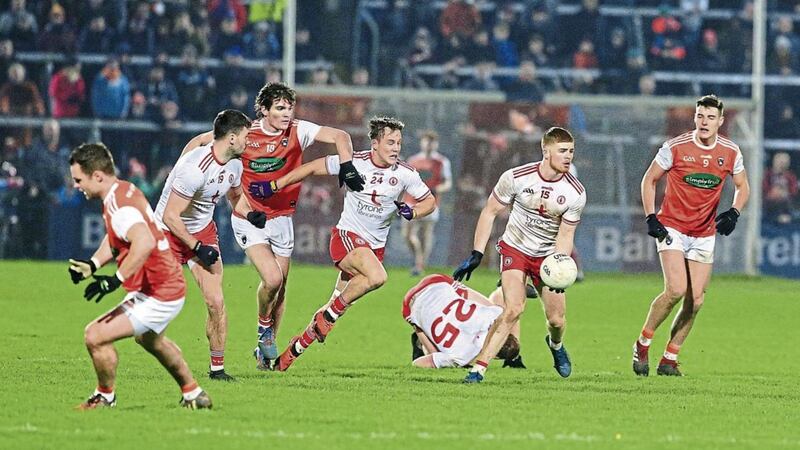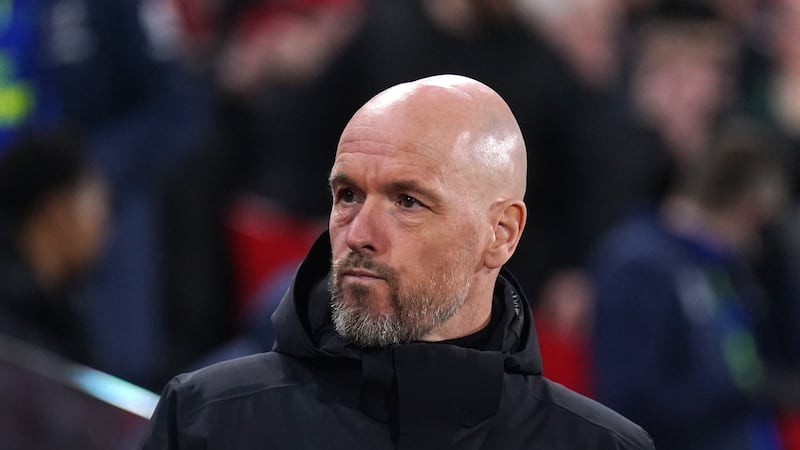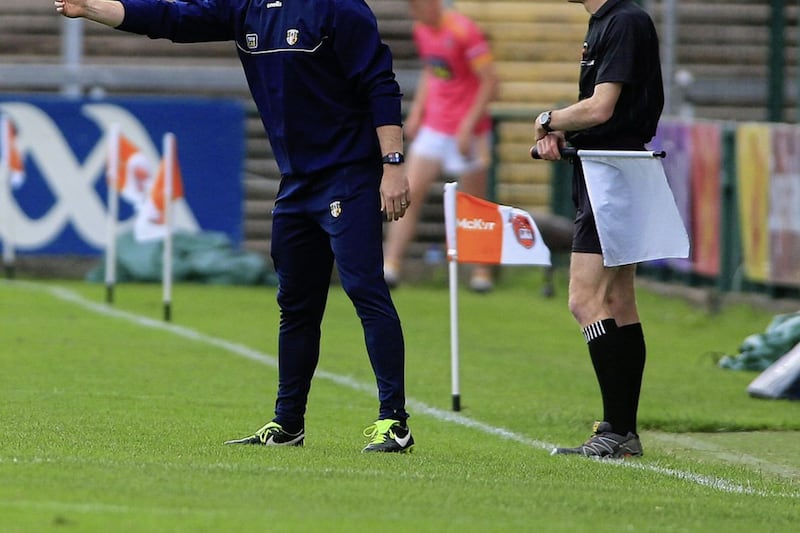AMIDST all the talk of declining numbers and poor entertainment, over 11,000 people turned up to watch Armagh versus Tyrone in a mid-January Dr McKenna Cup decider.
Sometimes it suddenly all makes sense why those from the southern reaches of this country talk of us like we are slightly mad. The attendance and the intensity of the game belied the reality of an early pre-season game which is no more than a warm-up for the League.
The classic rules of GAA attendance goes something like this: ‘Sundays better than Saturdays’, ‘TV coverage will detract from attendance’, ‘the bigger the competition the bigger the attendance’, while ‘summer will bring the big crowds as winter is only for the die-hards’.
Yet the attendance of 11,000 compares favourably with the 12,000 average attendance of last year’s Ulster Championship series.
Given that each of the ‘truisms’ above were contradicted on Saturday evening, there is much to consider from Saturday evening’s final for the game’s administrators.
Many have used last year’s significant and worrying fall in attendance figures to back up their arguments regarding the deterioration in quality or entertainment offered by the modern game.
This hardly stacks up as the crowd attending last Saturday was hardly doing so under some false pretence of a sudden change in approach.
Television coverage of our games has always been thought likely to have a deleterious impact on live match attendances.
This point has logic in that, for some supporters or neutrals, it may be easier, cheaper and more comfortable to watch a match from home.
However, over the decade where television coverage gradually increased, attendances continued to grow as well.
Read more:Cahair O'Kane - At what point do ticket price increases become mismanagement?
Conversely, last year saw a significant reduction in live match coverage within Ulster matched by a reduction in people through the turnstiles. Bottom line, television reacts rather than instigates interest. It goes where the interest is.
Being fair, the TV executives’ call last year to go with the early season hurling round-robin Championship rather than the provincial football competitions was borne out.
On a similar note, the only thing surprising about the significant increase in TV coverage of this year’s Allianz League is that it has taken so long.
For many years now, the quality and competitive levels reached in the Leagues has surpassed that of the vast majority of provincial Championship and Qualifier games. Television should no longer be considered as having either a positive or negative impact on crowds.
Attendance figures and cost of attending are perhaps more directly linked. Understandably, the Ulster Council does not charge the premium fee into Dr McKenna Cup games, as it will into Championship matches or League games.
Most people are not exactly flush with money in January, yet still the crowd turned out last weekend.
In saying that, I do believe that there is a certain limit above which people do suddenly consider the cost of attending a game, but, below which, it mightn’t even enter their radar.
Certainly, following the GAA’s somewhat eyebrow-raising decision to increase entrance fees
it’s very much on the radar for the incoming League.
GAA president John Horan pointed to the strength of the economy and the popularity of the game to support the move, while adding that the extra money raised would be funnelled back into the ever-famous ‘grassroots’. The strength of the economy seems to be more in the economic figures than it is in the money people find when they reach into their pockets, while the game’s popularity could be framed to be at a tipping point rather than a position to boast of. Pride before a fall?
To be fair, I do not think the actual price increase in terms of percentage – especially across the number of years of no increase – is harsh. The problem is that the hardcore group of supporters are bearing the brunt.
These are the folks that will always try and support their club, the ones who will traipse to the National League and the early Championship games and the ones who will fight tooth and nail for tickets, not just for themselves but their children as well if their team gets to the All-Ireland final.
Ironically, these same people are often also the ‘grassroots’, the volunteers who are the cornerstones of our clubs.
For these people, the extra money being filtered back in is much less tangible than the money leaving their pocket in the sense that the money coming back is more an abstract process than a direct donation.
Anyway, the cynic in many of us will suspect a certain stadium in Cork might be benefitting from some of the money being accrued.
For me, the impetus for the crowd size last Saturday came from simple supply and demand.
With people starved of football for a number of months, the Dr McKenna Cup final was the first proper outing of the year and the first opportunity to see the new troops in action.
Consequently it had an exciting, optimistic feel to it. Ironically, it could well be that either county will do well to beat that attendance for the rest of their respective League campaigns. Critically, in the chicken and egg world of crowd/atmosphere and game entertainment, the GAA needs to remember that games look and feel much better when played in front of big crowds or, more importantly, grounds close to capacity.
Such occasions create a buzz that means people want to be there. The change to the calendar
last year with the consequent closely-packed nature of county games in the summer, combined with the cost of tickets, meant even regular supporters were starting to be choosy in deciding when and where to go watch their team. That had a direct impact on attendances and, in my view, atmospheres during last summer’s Championship. When people start seeing poorly-attended games that are also damp squibs, the problem becomes a vicious downward cycle.
The GAA, with the price hikes, have doubled down on their strategy and are being bullish in their belief in the people’s love of the product they are offering.
There is much I can’t wait for in the Allianz National League. The impact of the rules is one, but it
is well down the list.
The formations and personnel being tried by the Ulster counties is perhaps more up in the air than it has been for several years and most counties are facing into the League with genuine optimism. But as supporters keep an eye on the pitch, the authorities will be keeping a very close eye on the turnstiles.
The Leagues have, for several years, guaranteed the best quality football on offer throughout the whole season. I think this will be enough to keep attendances up, but if I’m wrong and attendances slide, I have no doubt there will be a rapid re-think of Championship ticket prices before the Championship. The early-season hardcore GAA supporter cannot be taken for granted forever and the GAA knows it needs the bums on stadium seats to prevent the house of cards starting to tumble.








